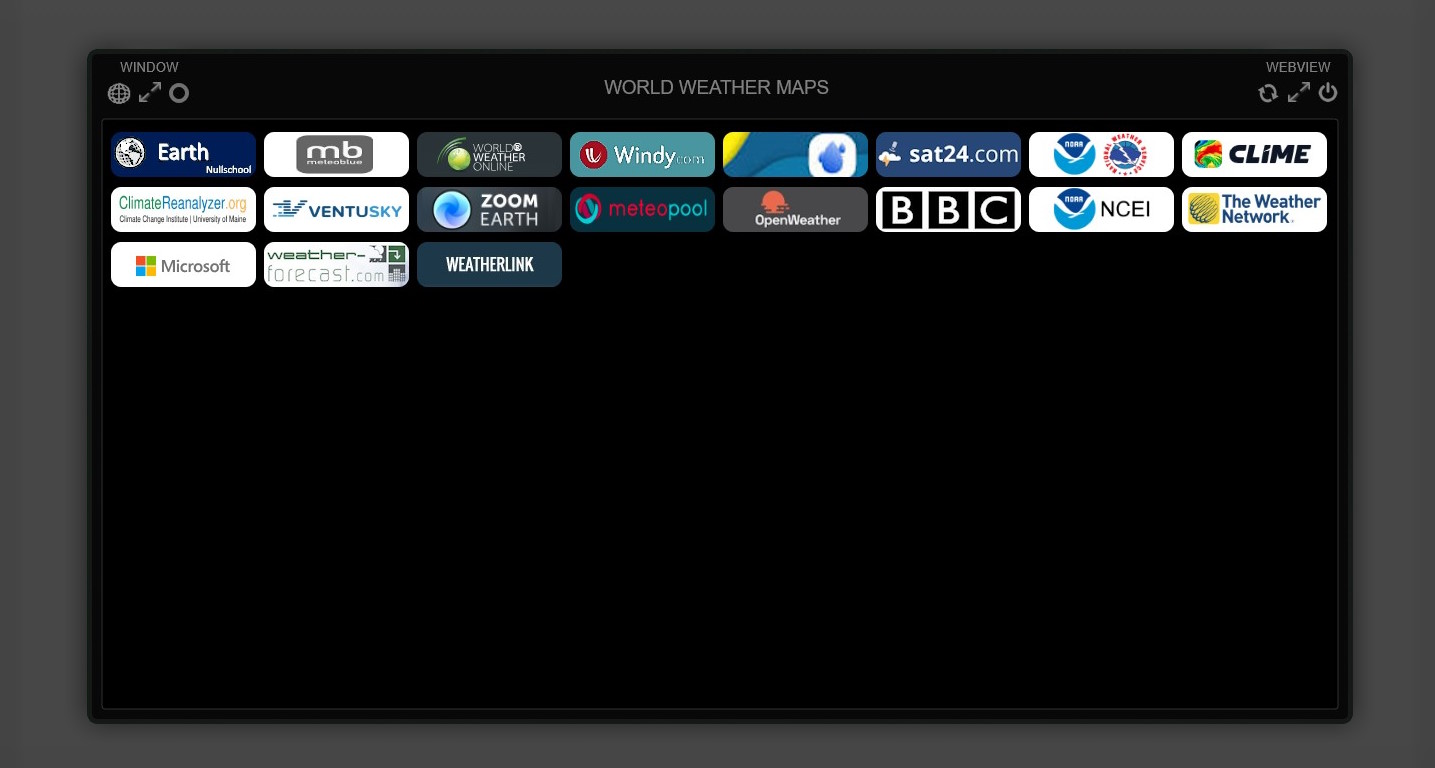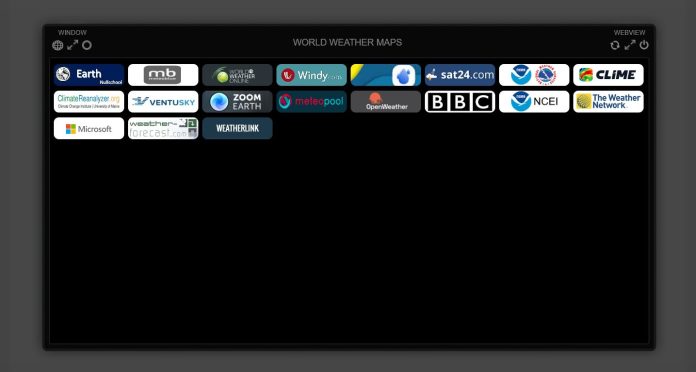 James Webb Telescope Observes Weather on Distant Planet, Boosting Search for Extraterrestrial Life
James Webb Telescope Observes Weather on Distant Planet, Boosting Search for Extraterrestrial Life
In a groundbreaking discovery, scientists have utilized the James Webb Space Telescope (JWST) to create a weather map of the planet WASP-43b, located 280 light years away from Earth. Although this hot gas giant is not suitable for known life forms, this achievement instills optimism that further research could identify signs of extraterrestrial life in the atmospheres of potentially habitable exoplanets.
The study, published in the journal Nature Astronomy, reveals that previous observations from older space telescopes had already hinted at the existence of an atmosphere surrounding WASP-43b. However, it is the instruments on the JWST that have allowed scientists to directly measure the planet’s atmospheric conditions for the first time.
Taylor Bell, a researcher from the Bay Area Environmental Research Institute and lead author of the study, explains the significance of this new research: “With Hubble, we could clearly see that there is water vapor on the dayside. Both Hubble and Spitzer [Spitzer Space Telescope] suggested there might be clouds on the nightside. But we needed more precise measurements from Webb to really begin mapping the temperature, cloud cover, winds, and more detailed atmospheric composition all the way around the planet.”
To create the weather map, scientists utilized a technique called phase curve spectroscopy, which enables them to detect small changes in the temperature of the star-planet system. The MIRI (Mid-Infrared Instrument) on the James Webb Space Telescope remained focused on WASP-43b for over 24 hours, collecting temperature readings every 10 seconds. This extensive data collection allowed scientists to draw conclusions about the atmospheric conditions.
By observing an entire orbit, researchers were able to calculate the temperature of different sides of the planet as they rotated into view. This data was then used to construct a rough map of temperature across the planet. The measurements indicated that the sunny side of WASP-43b, which always faces its star due to tidal locking, had an average temperature of nearly 2,300 degrees Fahrenheit (1,250 degrees Celsius) – hot enough to melt iron. On the other hand, the “night” side, which constantly faces away from the star, was cooler at around 1,100 degrees Fahrenheit (600 degrees Celsius).
Computer simulations similar to those used to predict Earth’s weather also revealed that the night side likely has thick clouds high in the atmosphere. These clouds trap some of the heat and make the night appear cooler and darker than it would be without clouds.
While WASP-43b is not an ideal candidate for studying alien life, researchers believe that analyzing its atmosphere from a distance of over 280 light-years offers hope for finding signs of life on smaller, rocky exoplanets resembling Earth, particularly those in their star’s habitable zone.
The creation of a weather map for WASP-43b also highlights the advanced capabilities of the James Webb Space Telescope in exploring exoplanets and detecting temperature changes over large distances. Michael Roman, a co-author from the University of Leicester in the U.K., summarizes the significance of this achievement: “The fact that we can map temperature in this way is a real testament to Webb’s sensitivity and stability.”
In conclusion, the James Webb Space Telescope’s observation of the weather on the distant planet WASP-43b has provided valuable insights into our understanding of exoplanet atmospheres. While this hot gas giant may not host extraterrestrial life, the data collected paves the way for future research that could potentially identify signs of life on smaller, habitable exoplanets resembling Earth. The James Webb Space Telescope continues to demonstrate its advanced capabilities in exploring the vast reaches of space and expanding our knowledge of the universe.




